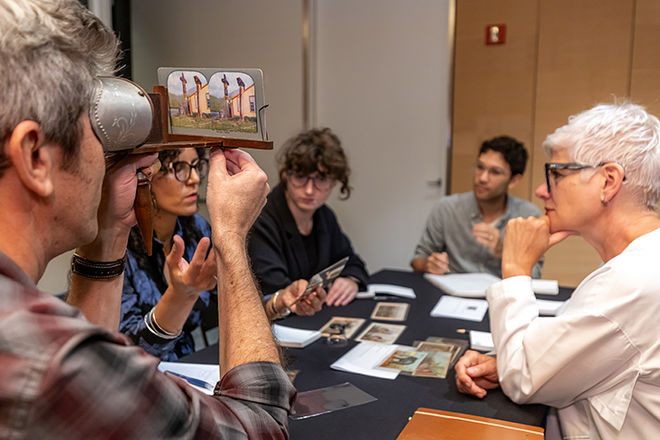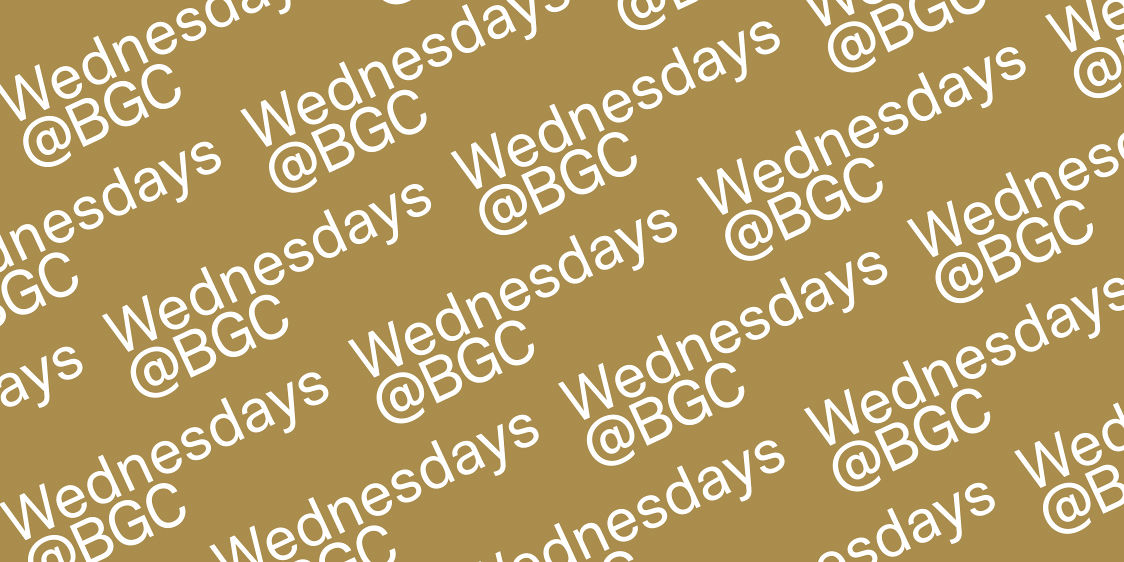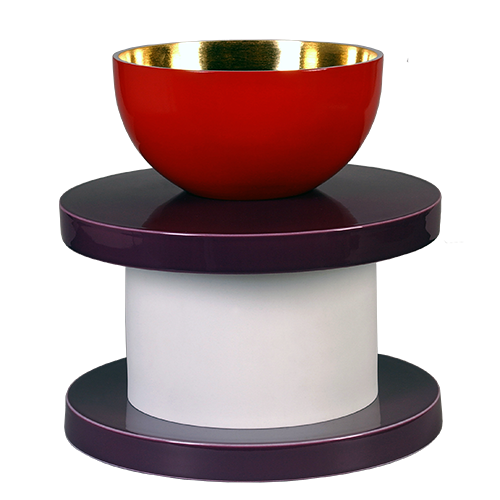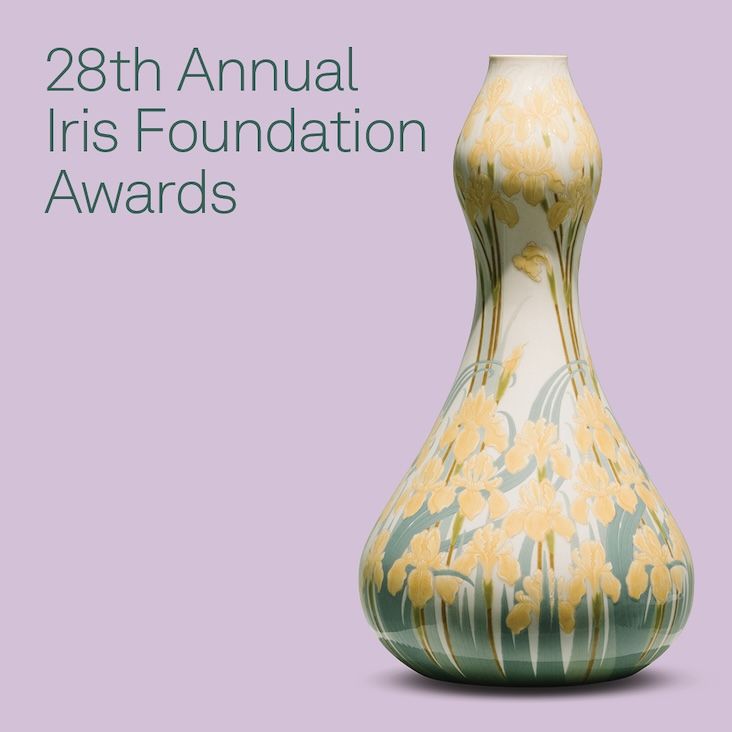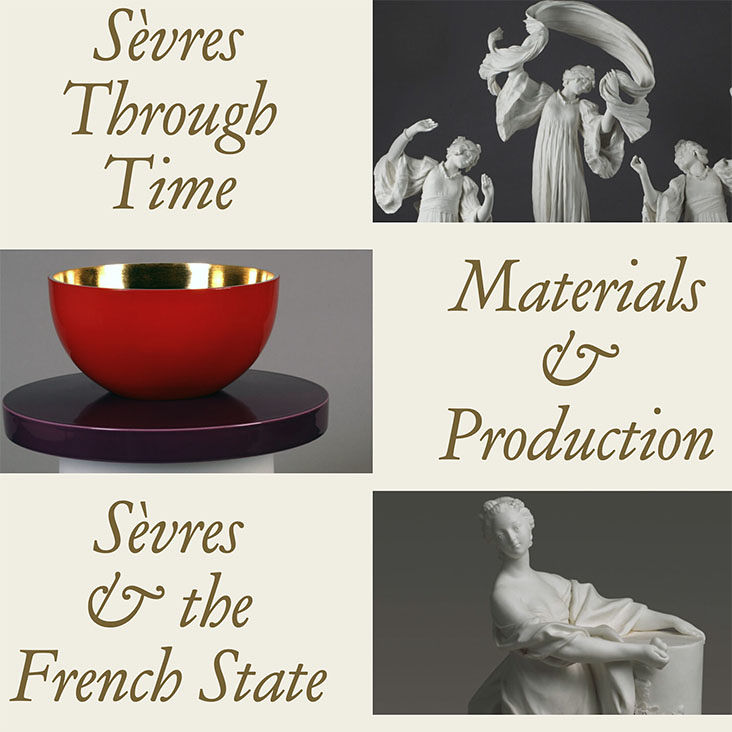Perhaps it is true for many disciplines that when
scholars get together outside of formal settings they tend not to talk about
the theoretical, methodological, or even practical aspects of their work but
all the peripheral things surrounding them: where to get the best pizza in
Inner Mongolia or fishing opportunities in the mid-Niger River and the like.
When I was Director of
Pre-Columbian Studies at Dumbarton Oaks, I used to have lunch with the Fellows
almost every day. Invariably, we always had at least one lunchtime discussion
about snakes and bugs, especially the ones that can hurt you. For those working
in tropical forests, a sub-topic was aggressive plants. In Costa Rica, I would
brush by a plant that produced itchy red welts that looked and felt like a cat
had sharpened its claws on my arm. Other archaeologists recounted getting
walloped by a plant that laid them low. Common topics that took up parts or all
of lunches were various kinds of (to us, at least) exotic foods and their
consequences, vehicles and their woes, rabid dogs, and, of course, rabid
colleagues (Ok, so method can creep in).
Sometimes we would
discuss books. Not archaeological tomes but the readings we took with us to the
field to “get away from it all.” Yes, we go all the way to remote places, often
foreign lands, to engage in digging up the past. I don’t care what people say
about how archaeology is un-romantic, because many archaeologists have at least
some romanticism about what they are doing tucked away somewhere in their
cerebrums. Yet, after a day of excavation or survey, many archaeologists
retreat into a novel as a form of escapism. These days, presumably, many field
workers bring along a small library on tablets. Being an old fogey, I still add
bulk and weight to my baggage by bringing along one or two novels.
Back in the 1960s through
the 1980s, in Peru, where I have spent many field seasons, English language
books were hard to come by. There were only one or two shops in Lima where they
could be purchased and almost no place else to buy them outside of the capital
city. The bookshop on the Ovalo
Miraflores where I used to carefully select English language books – often
attractive British editions not available in the US, no less — is long gone, replaced
by a McDonald’s. Not only can scholars and tourists bring their own compendia
of readings, computer games, movies, TV shows, and the like, on their tablets,
but looser importation laws mean that almost every hotel now has a “take a
book, leave a book” shelf filled with city guidebooks from the mid-80s but also
a few decent tomes suitable for field reading.
Still, I carry my
paperbacks to Peru. This leads to complicated pre-trip preparations. More than
once, I have been reading a bedtime book of over 500 pages and found myself with
only a chapter or two to go as the departure date drew near. Could I finish that
book in time before I leave? Will I be faced with the dilemma of taking it on
the plane with me so that I may know how the whole thing turns out only to
finish it somewhere over Colombia, and have to lug the thing around with me for
the rest of my trip, carting it all the way home because I don’t want to give
it up? This used to be a problem but years of practice have trained me to avoid
such quandaries by careful planning of my bedtime reading weeks before I get on
a plane. It usually works out.
Recently, I have been
experimenting with carrying several back-issues of the New Yorker with me. I
read them as I go on my way. I carefully tear off the mailing labels so as to
leave no trace of their original owner. Then, once I have read every smidgen of
text in them, even on topics in which I have the minimum amount of interest,
such as off-off-off-Broadway productions I probably wouldn’t go to, even if I
could, I magnanimously leave them artfully placed on chairs and side tables in
airport waiting rooms for the delighted discovery of other travelers. It is one
of the few charitable works that I can claim I consistently do.
Over a few years, decades
ago, I fell into conversations with various archaeologists whom I can’t quite
remember and discussed our choices for the kinds of books that we read while
“in the field” as we like to say. I detected a pattern and this led me to more
systematically ask various colleagues, young and old, about this issue. And the
pattern that I detected was that there are two main categories of books that
archaeologists read for fun. The first is mystery novels and the other is science
fiction-fantasy novels. I have not gone so far to analyze gender, age,
regional, or archaeological sub-specialty preferences for one kind of book or
another. I suspect that these do not matter and that it just comes down to one
kind or the other.
Having asked or
indirectly queried archaeologists as to their preferences, I have come to the
conclusion that book choices reflect approaches to the discipline, too. In
other words, some archaeologists are attracted to their field of study
primarily because of the fascination and challenge of trying to solve a puzzle,
much like a detective in a who-dunnit and this is reflected in their leisure
reading. The other kind of archaeologist is attracted to the discipline because
of its “other-worldliness:” the investigation of different kinds of realities
in the past also attracts some people who like to read about imagined realities
in the future.
In my experience, there
is a pretty sharp divide between the mystery readers and the sci-fi readers. As
for me, I am a firm mystery reader. I generally don’t find sci-fi interesting
when it presents “other realities” because I find investigating, as best we
can, the “real” alternate realities of ancient peoples so interesting that I
don’t need any more. I know all of the potential counter arguments to that
“real” I just wrote, so don’t bother to write in, but, when all is said and
done, that’s the way I feel. If it is any consolation to the sci-fi folk, I do
like the kind of “sci-fi” of the “near-future” type as expressed in the current
hit British TV series, Black Mirror,
and, as it happens, Forbidden Planet (“Monsters from the Id!) is one of my all
time fun movies to watch, so I am not anti-sci-fi, by any means. And I confess
that I have systematically been going through all of the Twilight Zone series, too. Still, I just tend to enjoy John Le
Carré and Agatha Christie and make no excuses for it, thank you very much.
Perhaps someone has
written a thesis on this matter and I am just unaware of it. If so, sorry. How
the younger generations of archaeologists who are much more tablet-friendly and
less wedded to paper reading follow different patterns of would be interesting,
as well. Given that one can take interactive games on one’s laptop or tablet,
another interesting issue is whether reading for pleasure after a hard day in
the field has dropped, in general. I have seen more than one younger person
watching movies at night instead of reading, and so be it: we archaeologists do
study culture change, after all.
Future studies might
investigate the degree to which different archaeologists favor different kinds
of simulation games in which one can build ancient societies or engage in
ancient warfare. As for me, I have tried a couple of those out. I like them and
I like them, too much, so I have avoided getting in too deep on the fear that I
will spend way too much time. And, I don’t like the ones where a fire-spouting
dragon can be ridden into battle—going back to my “the ancients are too
interesting in and of themselves to throw in fantasy” position. But chacun à son goût, and so be it.
Jeffrey Quilter,
William and Muriel Seabury Howells Director, Peabody Museum of Archaeology & Ethnology, Harvard University;
BGC Research Fellow, Spring 2017
